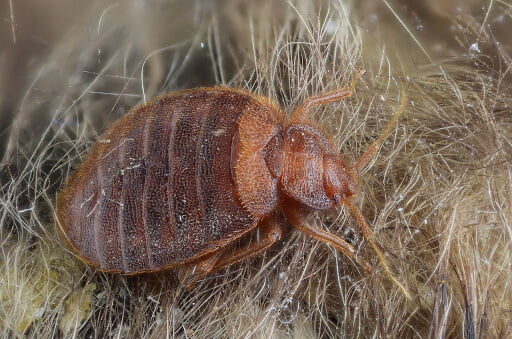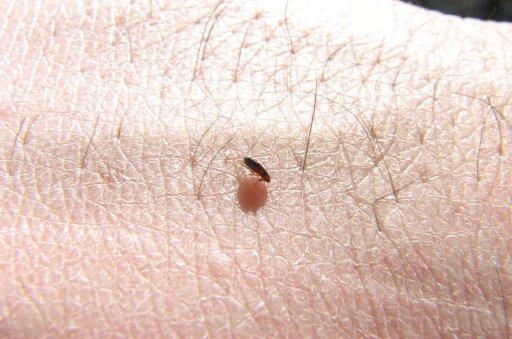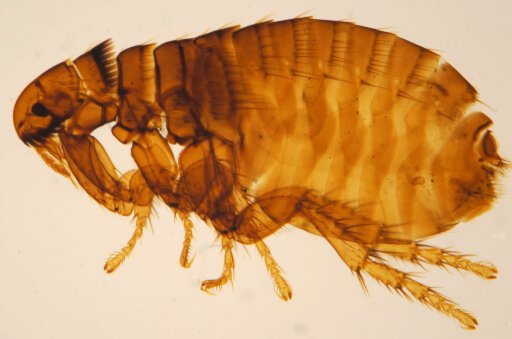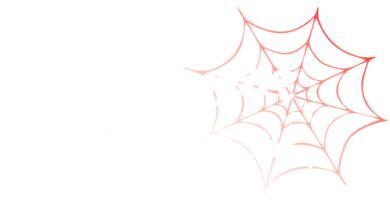Contact us today for a free no-obligation quote
Fleas & Bedbugs
Bed bugs (Hemiptera) are part of the same insect order as aphids and cicada. All life stages require a blood meal from their host acquired through piercing and sucking mouth parts. Feeding at night, they never stray far from their host’s nightly location.
Adult fleas are parasites that live off the blood of warm-blooded animals such as dogs, cats and humans. The flea population at an infestation consists of eggs (50%), larvae (35%), pupae (10%) and adults (5%); all stages are associated with the host. Fleas are capable of transmitting diseases between animals and humans and humans to humans. You do not need to own a pet to have a flea problem – adult fleas can be found in grass, sand or carpet.

Gilles San Martin / Creative Commons
Considered a human hygiene risk, bites from bed bugs can result in itchy, raised irritations which can manifest after several days after the bites.

Claudio Quezada - Pintamono / Creative Commons
Female fleas can lay up to 20 eggs per day. Bites can be felt and will remain itchy or irritated for several days; red spots on the skin can also occur following a bite.

Katja ZSM / Creative Commons
Close-up of a dog flea.
Bed bug management is highly important, especially for the hospitality industry. All furnishings and items need to be thoroughly inspected in a suspected infestation. Heavily infected mattresses should be sealed in plastic and disposed of. We follow the code of practice for the control of bedbug infestations available from the Pest Management Association of New Zealand.
Good hygiene is the key to managing fleas through regular washing of pets and bedding, use of pet flea control, regular vacuuming and the maintenance of lawns; these measures will usually keep flea populations manageable. Occasionally though, the flea population in an area may explode beyond the homeowner’s means to deal with.
